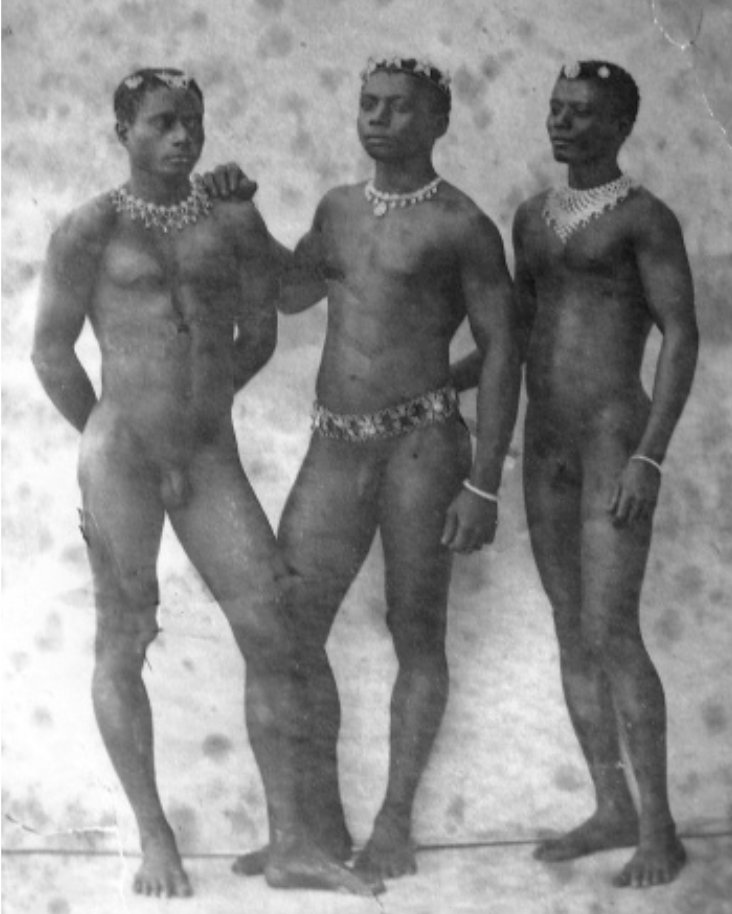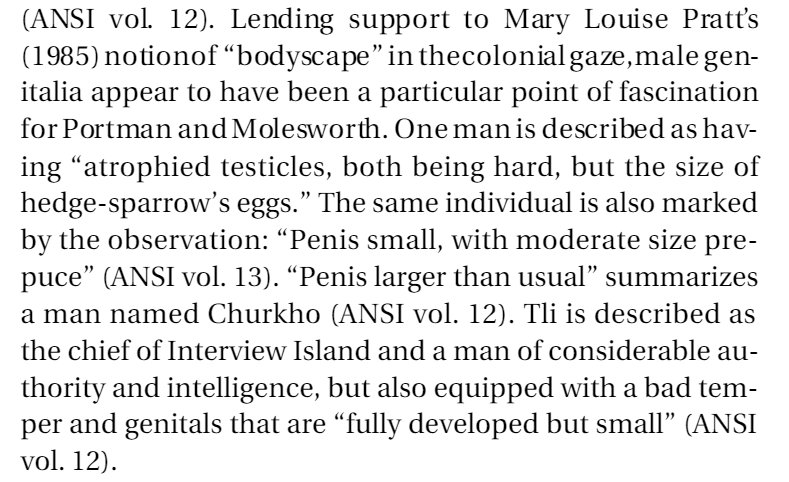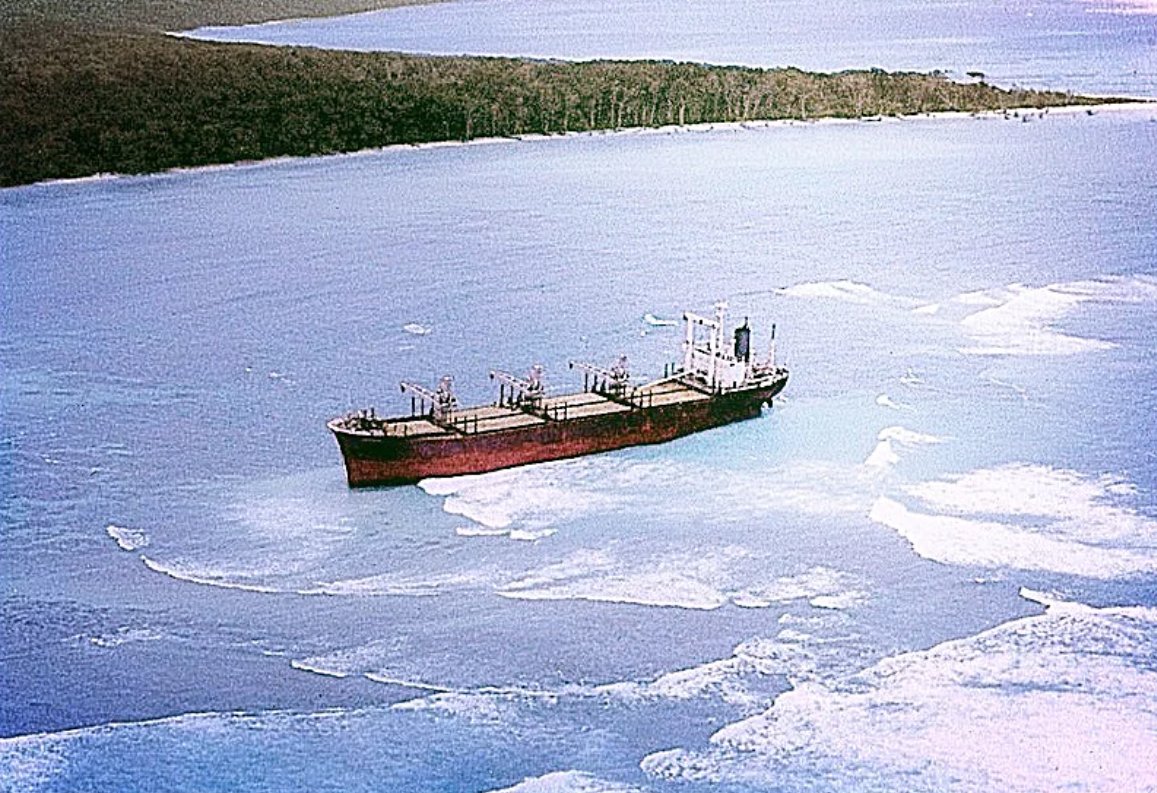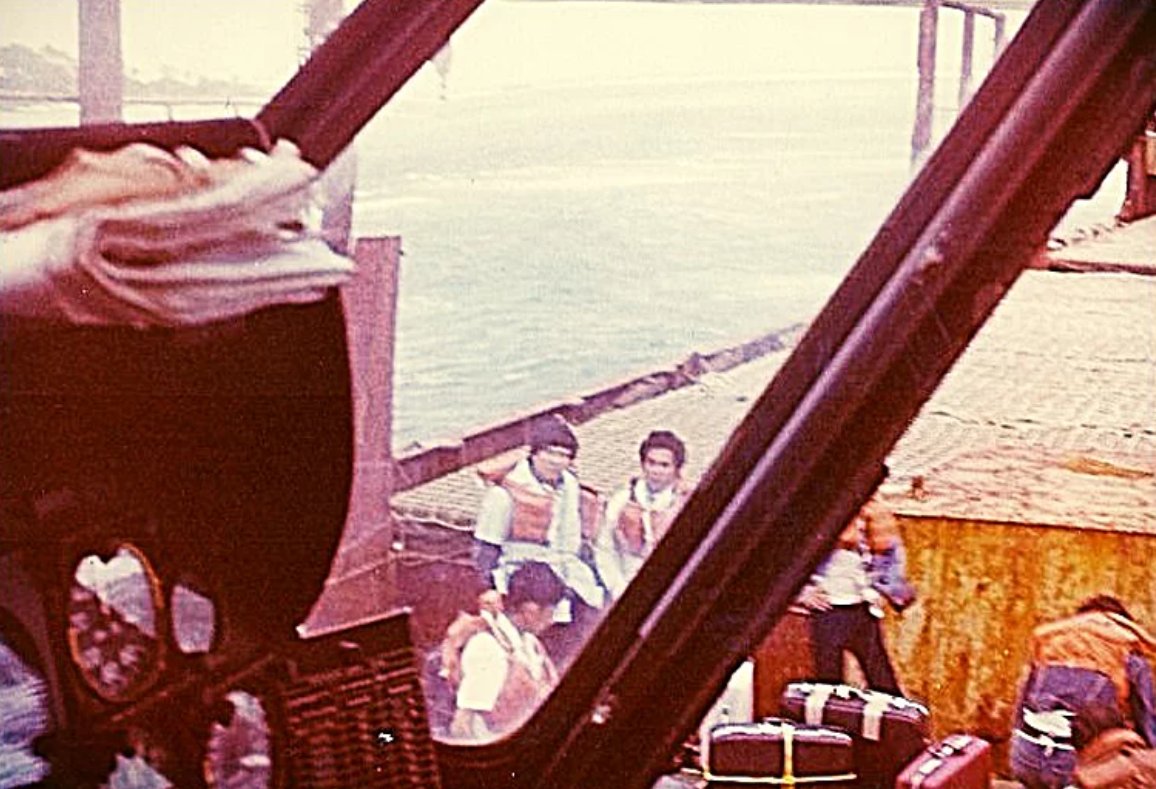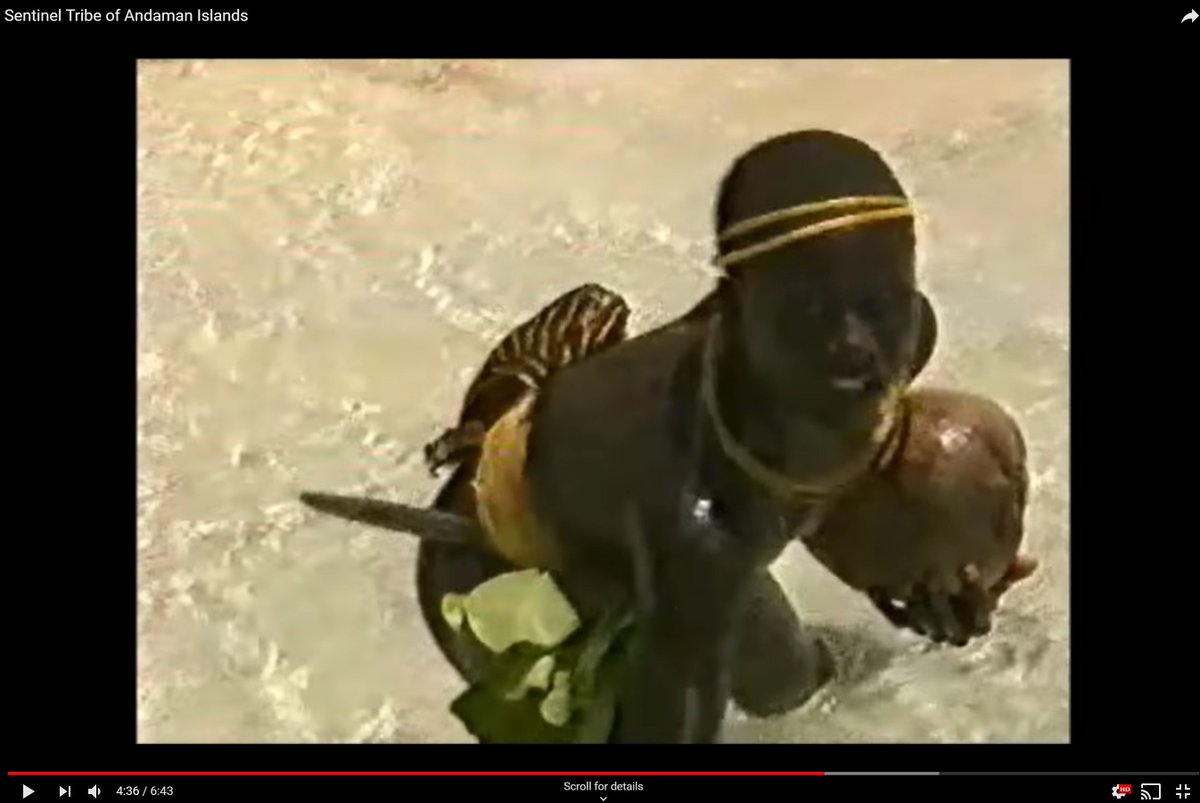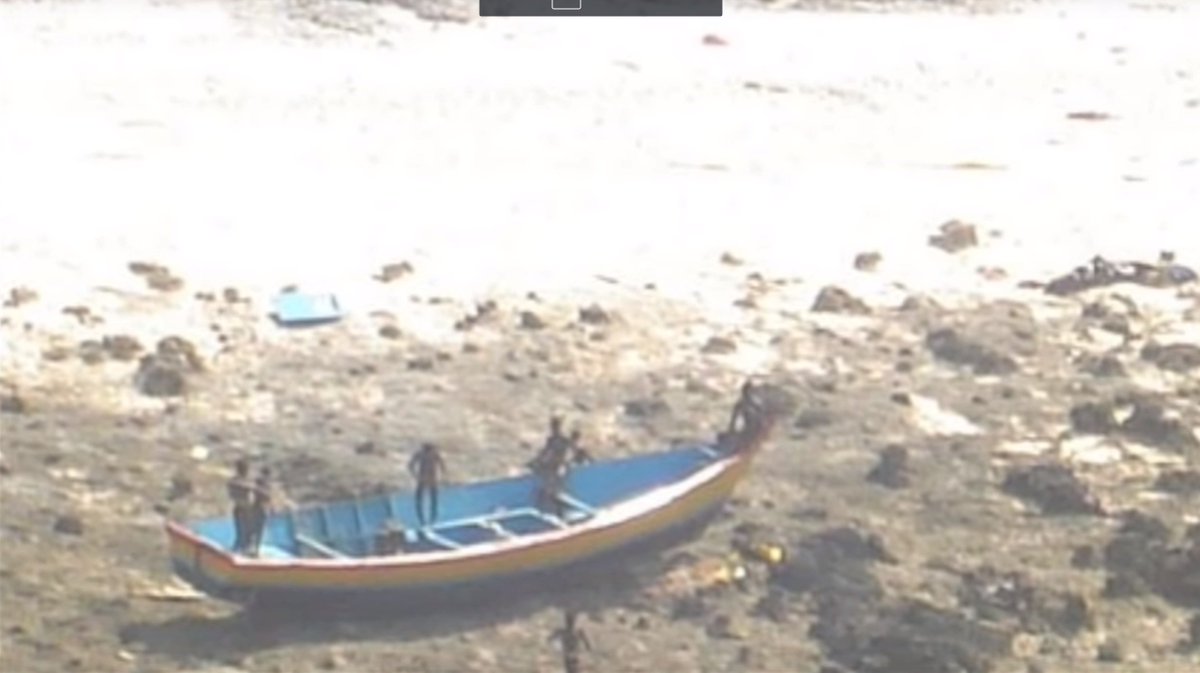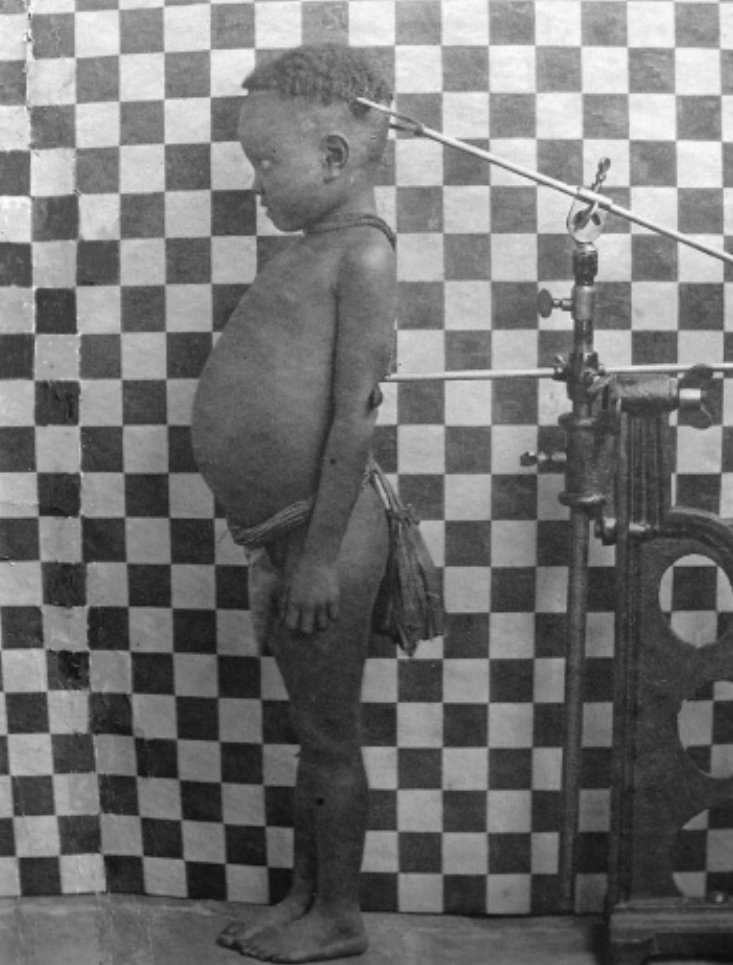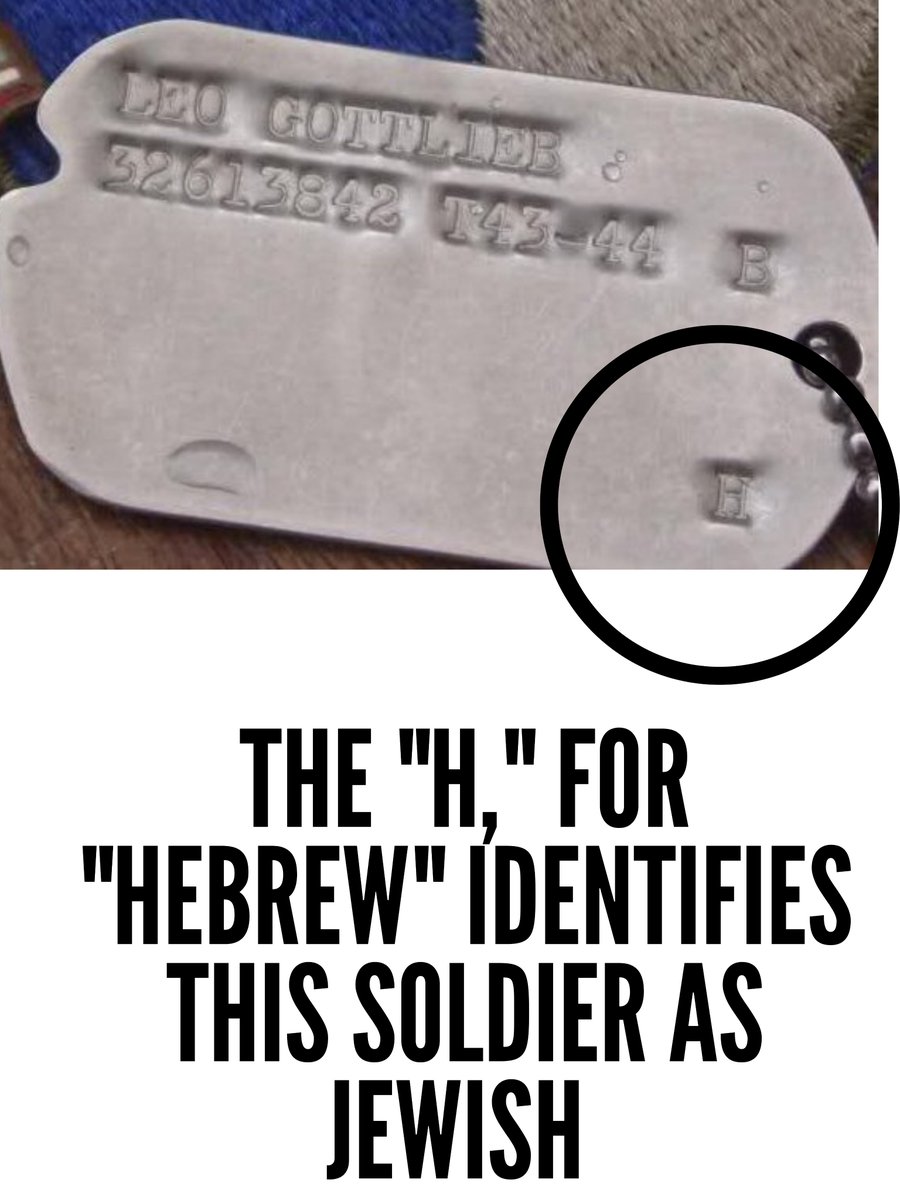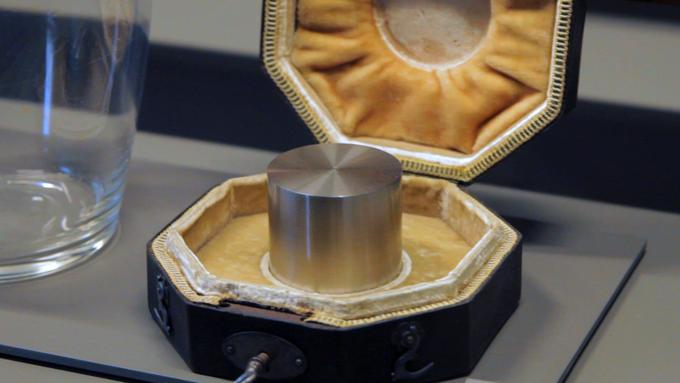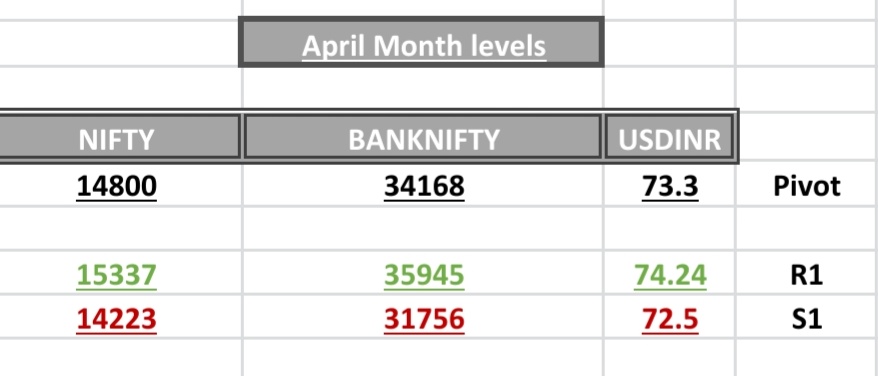The Sentinelese are often described as “uncontacted,” but this not strictly true. They had a very significant contact in 1880 with Commander Portman.
Portman, the black sheep third son of some minor noble, was assigned by the English Royal Navy to administer and pacify the Andaman Islands, a job he pursued from 1880-1900 with the full measure of his own perversity.
Portman was erotically obsessed with the Andamanese, and he indulged his passion for photography by kidnapping members of various tribes and posing them in mock-Greek homoerotic compositions.
During his 20 years in a sexualized heart of darkness, Portman measured and cataloged every inch of his prisoner’s bodies, with an obsessive focus on genitals.
Just imagine being a Neolithic person spending a few weeks in this guy’s rotating menagerie.
Portman spent most of his time in the greater Andaman Islands, but in 1880, he landed on North Sentinel. The natives fled, and his party ventured inland to find a settlement which had been abandoned in haste.
But they located an elderly couple and a few children they were able to abduct. The couple quickly died, likely from ailments to which they had no immunity.
The children spent a few weeks with Portman doing god knows what, after which he returned them to the island. Portman returned on a couple occasions, but the Sentinelese hid from him each time.
The story related by the children was certainly passed down among the 100 or so inhabitants of the island, and even today, Portman’s fatal kidnapping is just beyond a human lifetime.
So when the Indian government attempted contact with anthropologists in the 1960s and 70s, the Sentinelese were understandably hostile to outsiders. The Indian government soon gave up.
In 1981, a cargo ship named The Primrose ran aground on the coral reef surrounding North Sentinel. The crew radioed for assistance and settled in for a long wait. But in the morning they saw 50 men with bows on the beach, building makeshift boats.
The crew called for an emergency airlift and were evacuated, and not a moment too soon. Rough waves had thwarted the Sentinelese in their attempts to board, but the weather was clearing.
The ship and its cargo were left at the island, awaiting discovery by Neolithic eyes. Today you can still see the gutted remains on The Primrose on Google Earth.
Imagine climbing on board that ship. A completely alien vessel filled with alien things. Imagine seeing simple machines for the first time. A hinge. A latch. A wheel. Things that would instantly make sense in a satisfying way. Others would be so incomprehensible to avoid notice.
I have never been able to find out what cargo was on The Primrose in all my years of reading. There was about 100 tons of some sort of consumer product on board, and I’m curious what it was. But even absent the cargo, think about all the things that must have been on that ship.
In the 1990s, when anthropologists returned to the island to make new attempts at contact, they were met with a different attitude. Not friendly, exactly. But they were willing to accept gifts. Many would wade into the water with smiles to accept coconuts.
Here is a video of one of those encounters:
https://t.co/AdSHI7dWFW
And in those videos, you can see that these pre-iron age people now had metal weapons, like the knife carried by this man. They had scavenged metal from the Primrose and cold-forged it into tools.
After collecting gifts for a few minutes, a few members of the tribe would approach and make menacing gestures, signaling that it was time for the outsiders to leave. They have never lost their desire for isolation, despite the gifts.
And they remained consistent in their intolerance against intruders. In 2006, two fishermen were killed after drifting into the island when their anchor detached while they were sleeping.
The Sentinelese are lucky they were so effective at preventing contact. The neighboring Jawara weren’t so fortunate. The tribe went from 9,000 to a couple hundred from lack of genetic immunity and only forestalled annihilation due to aggressive segregation. Their future is bleak.
Yet on North Sentinel, they’ve maintained a small community for 60,000 years which is by all indications happy. There is no way to integrate them into the modern world without wiping out nearly every member of their tribe.
And their aggressiveness is not the mark of savagery. It just that their conception of outsiders is mostly framed by some foot-faced English pervert who murdered some old people and did weird things to their kids. So let’s do them a favor and leave them alone.


